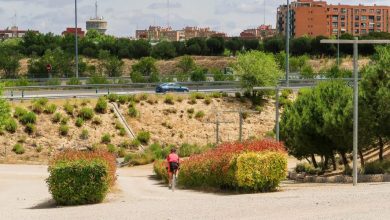How to germinate Palm Tree Seeds: [Time, Steps and Planting]
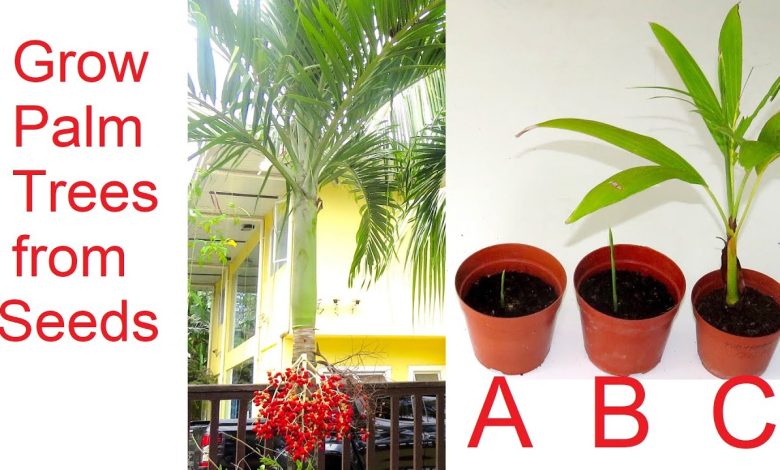
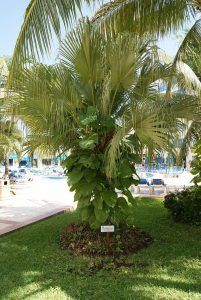 Palm trees are species of grass-like plants (in a giant version) that reproduce by means of seeds.
Palm trees are species of grass-like plants (in a giant version) that reproduce by means of seeds.
Germinating these is a process that you might feel quite comfortable with after learning the details of how to execute it.
Now, it is not a process that runs quickly, so you will also have to arm yourself with patience. And that is exactly the topic that we will be talking about today.
Are you coming with us?
How long does it take for a palm tree seed to germinate?
The time it takes for a palm seed to germinate will depend a lot on the time that has passed since the moment of collection.It could be said that it is a directly proportional count: fresher seeds will germinate in less time.
Some seeds that have been collected a few days are capable of germinating in less than 20 days.On the other hand, seeds that already have a few months of latency will take up to a couple of months to give effective results.
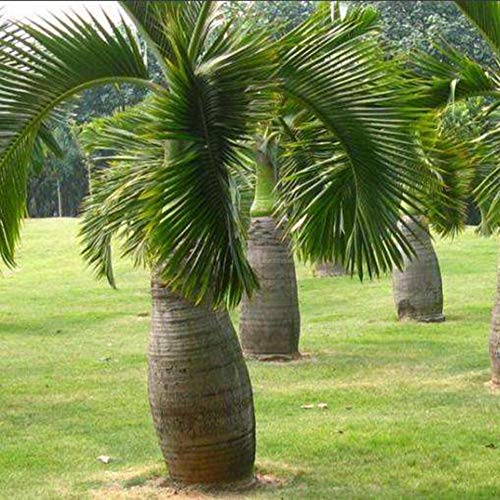
The important thing is not to despair, especially in those cases where you are planting a very special type of palm tree where the seeds are not so fresh.
What are the steps to germinate palm seeds successfully?
If you are already determined to obtain a new palm tree plant using seeds for this purpose, you only need to follow these steps:
- Select the seeds that are in the best condition for this process to be effective. The next section specifies the actions you must take to separate the seeds with a probability of germinating from those that do not.
- Prepare a seedbed with holes in the base so that the irrigation water has a chance to drain and avoid drowning. If you have used the seedbed for another species before, wash it well before using it for palm seeds, preferably with a dishwasher, carefully removing any soap residue.
- Use a substrate that is free of damage, preferably a new universal substrate and mix it with a little perlite to improve its conditions even more. The ideal proportion in this case is 70% universal substrate and 30% perlite.
- Bury the seeds just enough so they are a little deep but not too deep. Unlike other species that hardly need a superficial layer of substrate on top to receive oxygen and sunlight, palm trees do need to be a little covered.
- Spray a small amount of sulfur on top to minimize the chances of diseases spreading and damaging your seeds.
- Keep the seedbed in a space with optimal conditions for its species: 1) A temperature that does not fall below 20º C and does not exceed 25º C. 2) Get enough sunlight. 3) A constant humidity that you must maintain for as long as necessary. Palm seeds can use up the liquid quickly, so keep this in mind to prevent it from drying out.
- Transplant to a pot when the seedling has already developed profitably. At this point it is important to ensure that it is taller than wide because it is what the species requires to thrive.
How should palm seeds be sown?
They must be sown when they are still fresh.Those in which a long time has passed after harvesting have the drawback of seeing their germination capacity diminished.
Therefore, if the seeds are bought in a store, it is essential to check how old they are from the moment they were collected. Ideally, the seeds are less than 3 months old, but in some species it is possible that they remain in good condition even up to 6 months later.
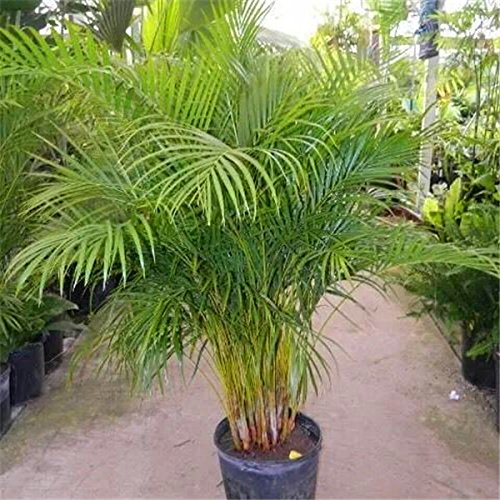
There is a method that helps determine if palm tree seeds have a chance of germinating or not. The idea is to use a full glass of tap water and add the seeds. One of two things will happen to them:
- Those that float are those that are not in good conditions to germinate and that it is better to discard.
- The ones that sink are the ones that meet the optimal conditions for planting and are the ones in which you will have to put more interest.
Palm trees may be capable of producing seeds on their own, when they have male and female flowers on their own. There are other species that do have a defined gender, so you will have to have a female and a male palm for the pollination process.
After that, the germination of palm tree seeds will be a procedure that will help you obtain more specimens and adorn any space. In the end, who doesn’t like a beautiful palm tree?
Bibliographic references
- Germination induction in oil palm (Elaeis guineensis Jacq.) seeds using chemical treatments, J Herrera, R Alizaga, E Guevara – ASD Oil Palm Paper, 1998 – asd-cr.com
- The date palm: obtaining plants by in vitro seed germination, AC Olivo Ruza, M Vielma – saber.ula.edu.ve
- Germination of oil palm (Elaeis guineensis) seeds : storage before and after heat treatment to break dormancy, R Alizaga, J Herera, A Alvarado – Oil Palm Papers, 2012 – 163.178.170.217
- Germination and quality of Chilean palm plant (Jubaea chilensis (Mol.) Baillon) according to substrate, planting period and seed origin, AL Forcelledo Garriga – 2006 – repository.uchile.cl
- Effects of scarification and stratification on the germination of pona palm seeds (Ceroxylon peruvianum Galeano, Sanin & Mejía), C Millones, SP Príncipe… – INDES Revista de…, 2016 – revista.untrm.edu.pe
Maybe you are also interested in:
- How to Fertilize Indoor Palm Trees Step by Step – Sembrar100
- Indoor Palm Tree Care: [Soil, Humidity, Pruning and Problems]
- Palm Pests and Diseases: How to Identify and Treat Them
- Heart of Palm Plant: [Characteristics, Cultivation, Care and Disadvantages]
- Trachycarpus Fortunei: [Cultivation, Associations, Pests and Diseases]

![Photo of Prune Kumquats: [Importance, Time, Tools, Considerations and Steps]](https://www.complete-gardening.com/wp-content/uploads/2021/06/Kumquats_1621092512-390x220.jpg)
![Photo of Zucchini Varieties: [Characteristics and Classification]](https://www.complete-gardening.com/wp-content/uploads/2021/06/Caracteristicas-del-calabacin-390x220.jpg)

